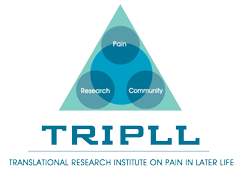Abstract
Osteoarthritis (OA) is one of the most common causes of joint pain in the United States and non-steroidal anti-inflammatories (NSAIDs), such as Diclofenac sodium, which is currently available in two main routes of administration; oral and topical distribution have been established as one of the standard treatments for OA. Generally, oral NSAIDs are well tolerated; however our narrative review suggests that the topical solution had a better tolerability property than oral Diclofenac sodium, especially due to side effects of gastrointestinal bleeding with the utilization of the oral format. In addition, the topical route may be considered a reasonable selection by clinicians for management of musculoskeletal pain in those patients with a history of potential risk and adverse side effects. Most studies reviewed comparing oral versus topical solution of Diclofenac sodium revealed comparable efficacy, with minimal side effects utilizing the topical route. The key point of this narrative review is to help clinicians that currently must decide between very inexpensive diclofenac oral presentations and expensive topical presentations especially in the elderly population and the pros and cons of such decision-making process.
(2017) Oral Versus Topical Diclofenac Sodium in the Treatment of Osteoarthritis, Journal of Pain & Palliative Care Pharmacotherapy, 31:2, 113-120, DOI: 10.1080/15360288.2017.1301616
Click here to read full article.
